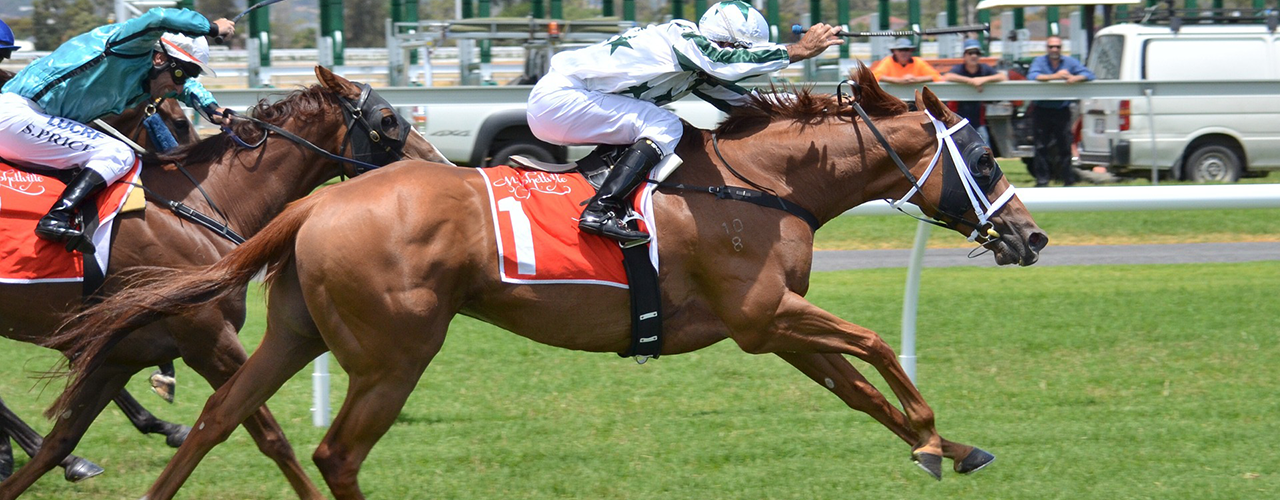History of Australian Horse Racing
Welcome to the enthralling world and history of Australian horse racing, where speed, elegance, and unparalleled excitement come together in a relentless pursuit of glory. By tracing its roots back to the early 19th century and uncovering the evolution of this beloved sport, we delve into the captivating history of Australian horse racing.
Australia has long been a nation enamored with horses, and it was during the colonial era that horse racing first gained traction. From humble beginnings in makeshift tracks, it has since grown into a multimillion-dollar industry that captivates the nation. Today, Australia boasts some of the most prestigious races in the world, including the Melbourne Cup and the Cox Plate, attracting international talent and garnering a global following.
The history of Australian horse racing can be traced back to the early days of European settlement. With the arrival of the First Fleet in 1788, horses were brought to Australia primarily for transportation and agricultural purposes. It didn’t take long for the settlers to discover the thrill of watching horses compete, and informal races began to take place on makeshift tracks.
In the early 1800s, horse racing gained popularity as a recreational activity among the settlers. The first recorded official race meeting took place in Hyde Park, Sydney, in 1810, organized by the officers of the British Army. The sport quickly spread across the colonies, with local communities organizing races and building racecourses to accommodate the growing interest.
By the mid-1800s, the sport had become a significant part of Australian culture. Race meetings were attended by people from all walks of life, from the working class to the aristocracy. The establishment of the Australian Jockey Club in 1842 marked a turning point in the organization and regulation of horse racing, bringing a newfound professionalism to the sport.
The Establishment of the Australian Jockey Club
The Australian Jockey Club (AJC) was founded in 1842 with the aim of promoting and regulating horse racing in Australia. It was originally known as the Australian Racing Club before adopting its current name in 1859. The AJC played a crucial role in standardizing racing rules and ensuring fair competition across the colonies.
Under the guidance of the AJC, racecourses were developed, along with comprehensive training facilities for jockeys and horses. This professionalization of the sport attracted a new breed of jockeys and trainers, who sought to push boundaries and excel in the fiercely competitive world of horse racing.
The Growth of Horse Racing in the 19th Century
Throughout the 19th century, horse racing continued to grow in popularity and stature in Australia. The construction of purpose-built racecourses became more common, providing better facilities for spectators and improving the overall racing experience. The Victoria Racing Club, established in 1864, played a significant role in the development of horse racing in the state of Victoria.
As the sport evolved, so did the types of races. The introduction of weight-for-age races, where horses carry different weights based on their age and sex, added a new dimension to the competition. These races challenged the abilities of both horses and jockeys and became a staple of Australian horse racing.
Key Milestones
The history of Australian horse racing is filled with remarkable milestones that have shaped the sport into what it is today. From record-breaking achievements to significant regulatory changes, these milestones have left an indelible mark on the sport and continue to be celebrated by racing enthusiasts.
One such milestone is the establishment of the Melbourne Cup in 1861, which has become the most prestigious horse race in Australia and one of the richest turf races in the world. The Cup, known as “the race that stops a nation,” attracts top-class horses, jockeys, and trainers from around the globe, creating a spectacle that captivates the entire country.
Another significant milestone was the introduction of totalizator betting in 1913. This new form of betting revolutionized the industry by offering punters the opportunity to place bets on multiple horses in a single race, with the odds determined by the total amount wagered. The introduction of the totalizator system led to a surge in betting activity and increased revenue for the racing industry.
Famous Australian Racehorses, Jockeys and Trainers
Australian horse racing has been graced by legendary racehorses and jockeys who have achieved remarkable feats on the track. These iconic figures have become household names and their stories continue to inspire future generations of racing enthusiasts.
One of the most celebrated racehorses in Australian history is Phar Lap. Born in New Zealand in 1926, Phar Lap became a national hero in Australia, winning numerous races and capturing the hearts of the nation during the Great Depression. His extraordinary career ended tragically when he was poisoned (it may have been accidental) in 1932, leaving a lasting legacy in the annals of Australian horse racing.
In addition to legendary racehorses, Australian jockeys and trainers have also made their mark on the sport. Such jockeys as Damien Oliver and Glen Boss (among many champions), have achieved great success in their careers, including winning the Melbourne Cup multiple times. Their skill, determination, and unwavering passion for the sport have put them amongst many other respected jockeys in Australian racing history. The list of amazing stables and trainers is simply too long to delve into here. Needless to say, a few of them are Waterhouse, Bott, Cummings, Weir and … well, there are many!
The Impact of Technology
As technology has advanced, so too has the world of Australian horse racing. From the introduction of photo finishes to the implementation of electronic timing systems, technology has played a pivotal role in enhancing the accuracy and integrity of the sport.
The use of high-speed cameras and digital imaging has revolutionized the way races are decided, eliminating the need for subjective judgments and ensuring fair outcomes. Additionally, advancements in track surfaces and equipment have improved the safety and welfare of both horses and jockeys, reducing the risk of injuries.
The advent of the internet and digital marketing has also had a profound impact on the promotion and accessibility of Australian horse racing. Fans can now watch races live online, place bets through digital platforms, and access a wealth of information about horses, jockeys, and upcoming races. This digital revolution has expanded the reach of the sport, allowing fans from around the world to engage with Australian horse racing.
The Modern Era
In recent years, Australian horse racing has continued to thrive, attracting international attention and cementing its status as a global powerhouse in the sport. The introduction of new races, such as The Everest, with its enormous prize money and star-studded lineup, has added a new level of excitement and competition to the Australian racing calendar.
The modern era has also brought about changes in the way races are conducted and experienced. The rise of corporate sponsorship has injected significant funds into the industry, enabling the development of state-of-the-art facilities and attracting top-quality horses and jockeys. The sport has become more professional and commercially oriented, with a strong focus on marketing and entertainment.
Major Horse Racing Events in Australia
Australia is home to a plethora of major horse racing events that captivate the nation and attract global attention. These events showcase the best of Australian horse racing and provide a platform for horses, jockeys, and trainers to showcase their talent on a grand stage.
The Melbourne Cup, held annually on the first Tuesday in November, is undoubtedly the most prestigious and iconic horse race in Australia. Known as the “race that stops a nation,” it attracts a massive crowd both on and off the track, with millions of people tuning in to watch the race live.
Another notable event is the Cox Plate, held at Moonee Valley Racecourse in Melbourne. This weight-for-age race brings together the best middle-distance horses in Australia and has a rich history dating back to 1922. The Cox Plate is known for its intense competition and has seen many legendary horses etch their names into racing folklore.
What will the Future bring for Australian Horse Racing
The history of Australian horse racing is a testament to the enduring passion and love that Australians have for the sport. From its humble beginnings to its current status as a multimillion-dollar industry, horse racing has evolved and thrived, captivating the nation and capturing the hearts of millions.
Looking ahead, the future of Australian horse racing is bright. With ongoing advancements in technology, increased global interest, and a continued focus on innovation and entertainment, the sport is poised for further growth and success. As new generations embrace the thrill and excitement of horse racing, the legacy of this beloved sport will continue to flourish.
Stay on target with PlaceGetters – take the gamble out of horse racing!





